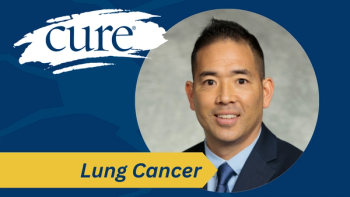Big news for the breast cancer community: after testing positive for a BRCA mutation, Angelina Jolie underwent a prophylactic double mastectomy. After reading her Op-Ed piece in The New York Times, I can absolutely relate to Angelina Jolie as a wife and a mom, trying to do everything in her power to see her children grow up. Someone with Angelina's visibility will bring widespread awareness and generate much needed research funds - something many of our lives depend on. By taking control of her personal cancer risk and sharing it with the world, maybe she can help us keep our own families together. (Henry is only 15 months old, which means I have to be here for at least three or four more decades!)As much as I hate for anyone else to test positive for a BRCA mutation, I was really excited to read Angelina's letter and see the media attention surrounding it. Whether or not you agree with her politics or watch her movies, you have to applaud her for getting the conversation started. Without a doubt, Angelina's story will inspire other women who are struggling with the decision to undergo genetic testing and possible prophylactic surgery. For those of us who have already had our surgeries, Angelina's story also impacts us in another way. A double mastectomy left me with 16 inches of battle scars. I have lost my hair, eyelashes, eyebrows and toenails while in chemotherapy, and my fingernails are finally normal after turning black from Taxol last year. With my ego taking hits from every direction, there are days when it's easy to feel a little like the Bride of Frankenstein, especially with swimsuit season approaching. But yesterday one of the most beautiful women in the world announced that she has similar scars to mine, which means now I get to call them beauty marks!Carrie Corey is a wife, mom and metastatic breast cancer survivor. She will be reporting in frequently on her journey.






